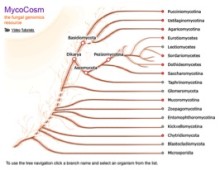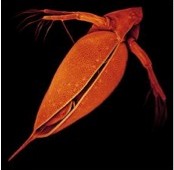Finding cellulases in sediment from a paper mill
During the DOE JGI User Meeting held in Walnut Creek, Calif. from March 22-24, 2011, collaborator Daniel Distel noted that more than 20 enzymes are needed to break down cellulose. To assist in identifying novel cellulose degraders and thus improve cellulosic biofuel production processes, a team of DOE JGI researchers including Microbial Program head TanjaWoyke… [Read More]


